Marie Laveau's Tomb
The final resting place of New Orleans' most famous voodoo priestess.
Marie Laveau was a famous and powerful voodoo priestess who lived in New Orleans in the 19th century. Renowned in life and revered in death, some say she continues to work her magic from beyond the grave.
Details of Laveau’s life are sketchy, and complicated by the fact that her daughter was also a famous priestess named Marie. The first Marie was born in the French Quarter of New Orleans around 1801, the illegitimate daughter of a Creole mother and a white father. In New Orleans in the 18th and 19th centuries, slaves, Creoles and free people of color practiced a brand of voodoo that incorporated African, Catholic, and Native American religious practices. Laveau, a hairdresser by trade, was the most famous and purportedly the most powerful of the city’s voodoo practitioners. She sold charms and pouches of gris gris (some combination of herbs, oils, stones, bones, hair, nails, and grave dirt), told fortunes and gave advice to New Orleans residents of every social strata. Some said Laveau even had the power to save condemned prisoners from execution.
Laveau died in 1881, and is said to be buried in St. Louis Cemetery No. 1, in the tomb of her husband’s family, the Glapions. Some scholars dispute this as her final resting place, but it is mentioned in her obituary, and is the most likely spot. Whether she lies inside doesn’t seem to matter to the amateur occultists and French Quarter tourists who flock here in equal measure. They scribble Xs on the whitewashed mausoleum in hopes Laveau will grant their wishes. (That practice is discouraged by preservationists, who say it has no basis in voodoo tradition and damages the delicate tomb.) In 2014, a restoration of her tomb was completed. A large fine is now in place for any visitor who attempts to write on the grave.
In general, the Saint Louis Cemetery is beautiful. It dates to 1789 and is the oldest cemetery still standing in the city. Inside are hundreds of 18th and 19th century above-ground tombs holding the city’s most prominent dead, including Homer Plessy.
Known for their distinctive above-ground burials and particularly lovely monuments, New Orleans’ historic cemeteries are all worth exploring, including the racetrack-shaped Metairie Cemetery and Saint Louis Cemetery No. 2.
Update: As of 2015, St. Louis Cemetery No. 1 is open only to visitors with tour guides or who have family buried in the cemetery.
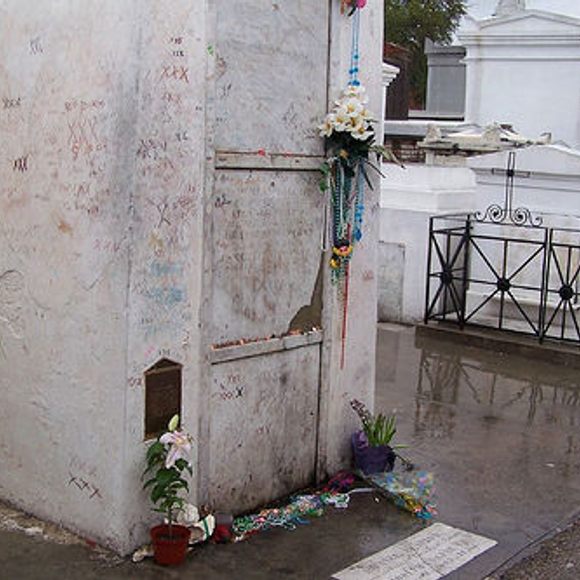








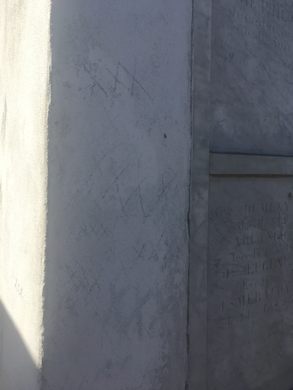

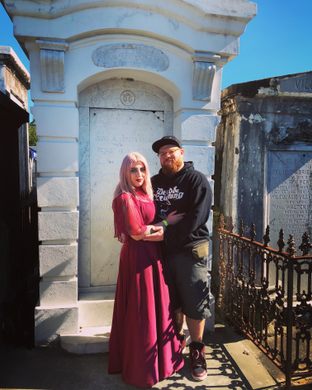
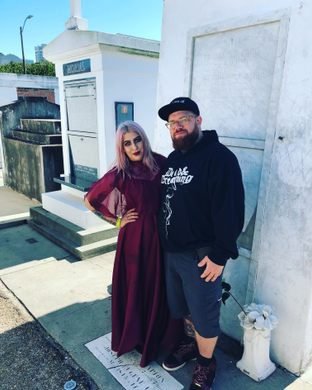
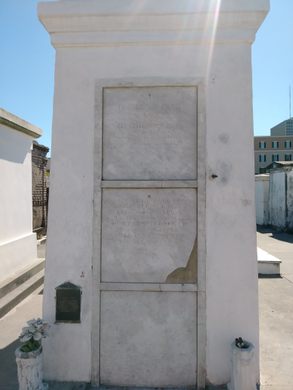
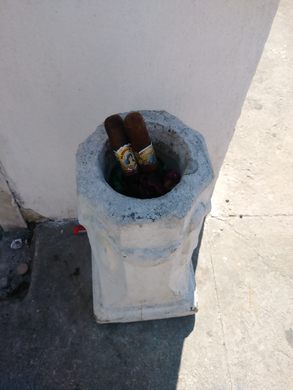
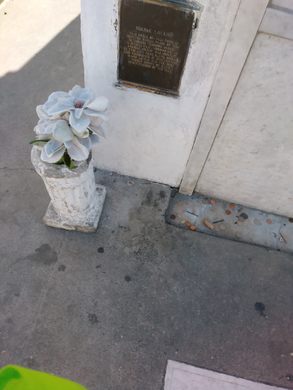
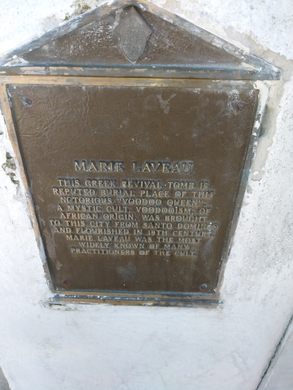




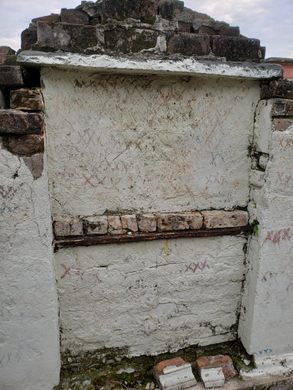
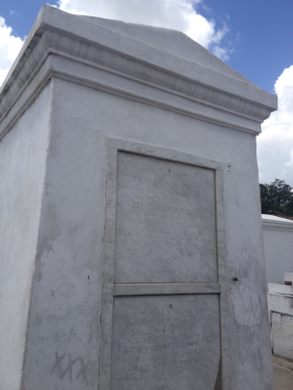



























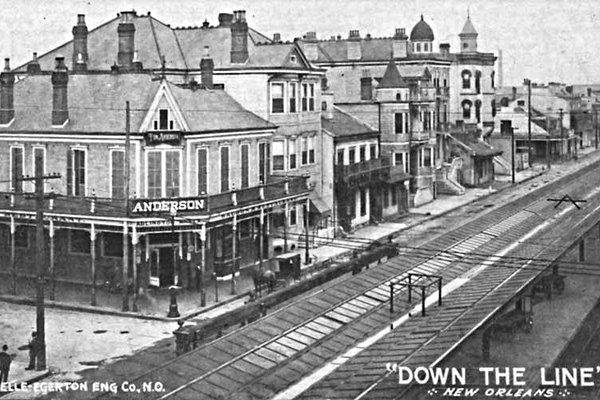
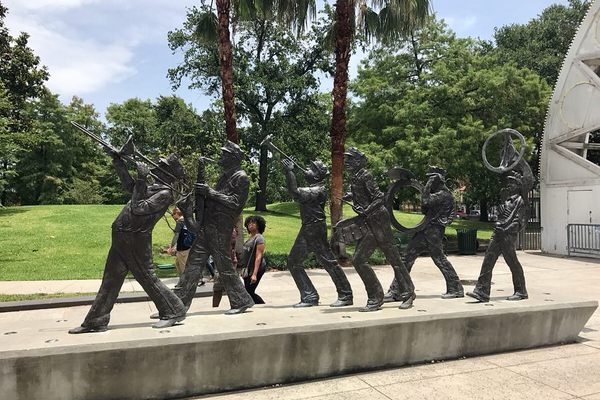
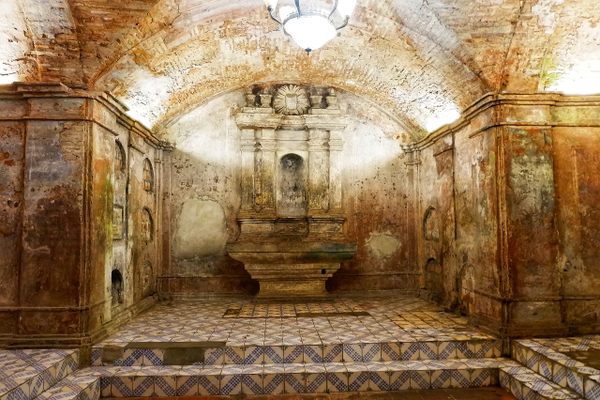


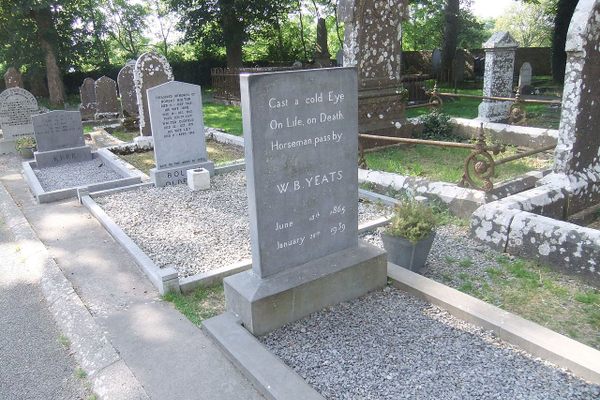



Follow us on Twitter to get the latest on the world's hidden wonders.
Like us on Facebook to get the latest on the world's hidden wonders.
Follow us on Twitter Like us on Facebook